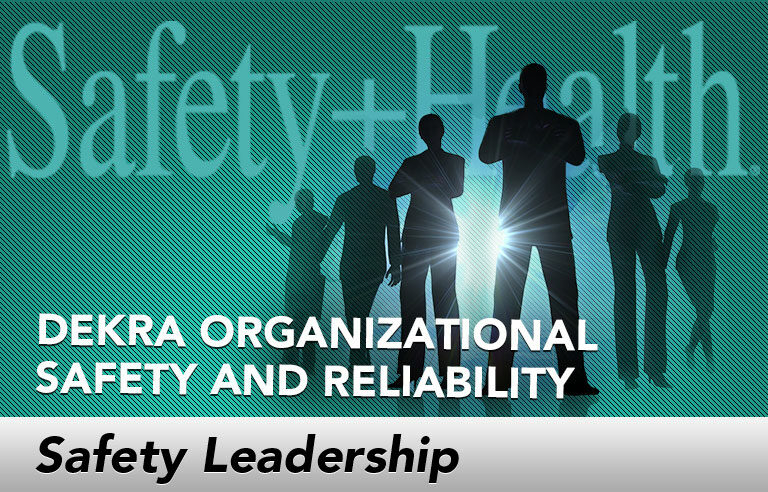Safety Leadership: Bouncing back: Creating a resilience loop in individuals and organizations

In previous articles, we’ve discussed three important elements for creating a high-reliability organization: anticipation, inquiry and execution. These elements help the organization minimize the chances that an upset condition will occur. The fourth element – resilience – focuses on ensuring the organization is capable of responding effectively once an upset condition occurs, to minimize the potential negative impacts.
What does it take for an individual to be resilient? When bad things happen in a person’s life, how he or she responds can vary widely and is strongly related to life successes and failures. Studies of soldiers in wartime have shown that anyone can learn to be more resilient if they practice a few key actions1:
- Monitor yourself. Improving personal resilience begins with developing a consistent habit of stopping and monitoring your own internal state. Are you agitated, anxious, relaxed, angry? If so, what is the source of your emotion?
- Enhance attention. If you tend to respond reflexively to recurring stimuli, describe the triggering event objectively. Then, identify your thoughts related to this triggering event and your resulting behavior, again objectively. This enables you to better anticipate and attend to these when they occur.
- Reframe thinking traps. Common thinking traps can trip us up. For example, catastrophizing is believing that the worst possible outcome is the only outcome. Instead, consider what are the worst, best and most likely outcomes, and then develop a plan for each.
- Engage in self-talk. Talk yourself through the steps of the process to ensure you don’t forget a step. Use positive phrases to encourage you through challenges and stay on track. Self-talk helps regulate your emotions, thoughts and energy.
Personal resilience, while valuable, is only part of the solution to building resilience. The team and the organization must also build the capacity for resilience, and the responsibility for that falls on leadership. There are three phases of work in which this must occur: before, during and after the upset condition.
Before the upset condition
This is the most important stage because it’s the only time preparations can be made; roles clarified; and simulations, drills and practices conducted. The more the team is able to engage in rehearsals, the more effective it will be when a real upset condition occurs and stress and time pressure become factors. Look for opportunities to rehearse a variety of situations, even when the capacity for a formal drill is limited. Conducting thought experiments (what would you do if ...?), even during normal operations, is valuable.
During the upset condition
The challenge for leaders during an upset condition is often the loss of control and communication. The role of leadership isn’t necessarily to regain control, but to ensure decision making is pushed down as far as possible so that those closest to the emergency are empowered to quickly assess and minimize the situation. The leader’s role is to continue to push decision making down and to communicate any and all information down, across and up, so decisions are made with as much real-time information as possible.
After the upset condition
After the emergency has been addressed, it’s critical that leaders engage in an open process to learn as much as possible from the event. Leaders need to allow everyone to contribute, and ensure the lessons learned are applied both at the site and across the organization.
Reference:
1. Adapted from the Human Performance Resource Center as part of the Comprehensive Soldier Fitness initiative within the U.S. Army.
This article represents the views of the author and should not be construed as a National Safety Council endorsement.
 Michael Mangan, Ph.D., is vice president of research and development for DEKRA Insight. His work helps organizations understand performance and design interventions for improvement.
Michael Mangan, Ph.D., is vice president of research and development for DEKRA Insight. His work helps organizations understand performance and design interventions for improvement.
Direct to your inbox: Sign up to be notified in email about new Safety Leadership columns.
Post a comment to this article
Safety+Health welcomes comments that promote respectful dialogue. Please stay on topic. Comments that contain personal attacks, profanity or abusive language – or those aggressively promoting products or services – will be removed. We reserve the right to determine which comments violate our comment policy. (Anonymous comments are welcome; merely skip the “name” field in the comment box. An email address is required but will not be included with your comment.)

